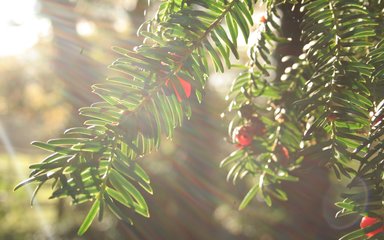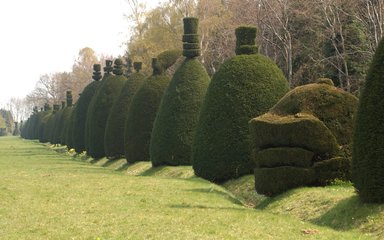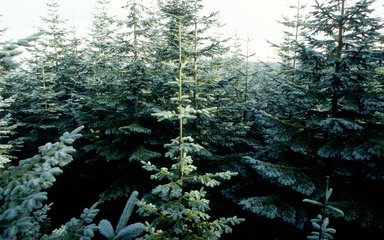
One of the oldest living trees in northern Europe, yew is one of the three conifers native to Britain alongside Scots pine and juniper. Unlike other conifers, yew trees grow succulent (but poisonous) red fruits instead of cones. Learn more about this tree, including how to identify it and how it's used.
Yew facts and figures
round and densely branched, yew (Taxus baccata) grows to around 15 metres tall.
the seed and every part of the tree other than the seed cap is poisonous to people and cattle, but not deer or rabbits.
yews can grow to a huge size, and ancient yew trees are common in churchyards - some considered to be thousands of years old.
male and female flowers are on separate trees, a primitive feature in conifers

Yew identification tips
Heading out into the forest? Here are some top things to look for when trying to spot a yew tree:
- bark: light brown, thin and scaly and becomes deeply furrowed, breaking away in long scales.
- seeds: housed in a bright red berry-like case known as an aril.
- needles: small, straight and have pointed tips.
How Yew is used
Yew is a slow-growing 'softwood' that is very strong. In the past, flexible branches were used for making longbows for archery, used in battles at Agincourt.
Today yew wood is made into quality veneers for wood panelling and car dashboards, as well as used in furniture making.
Yew is also a popular garden tree because it can withstand unlimited clipping and shaping.

Did you know? When a bird eats one of the yew fruits, it digests only the red fleshy jacket and passes the poisonous seed intact.
Yew and future forestry
Yew is not often seen as a timber tree as it is very slow growing, but is regarded as a good addition to broadleaf woodlands as it provides winter cover and food for wildlife.

